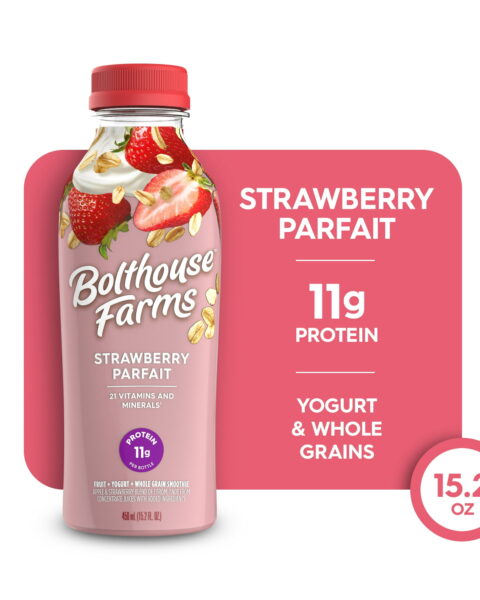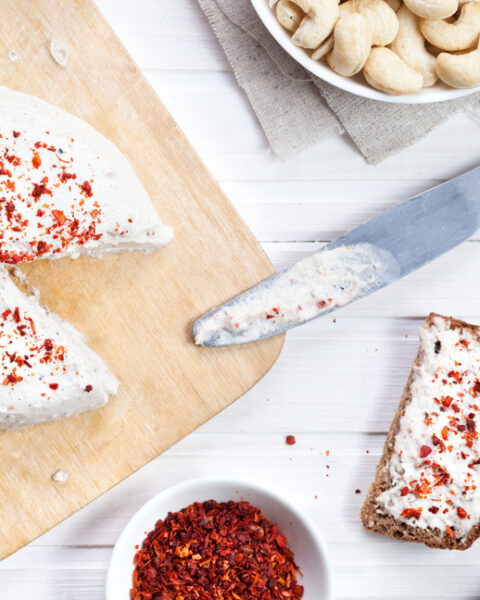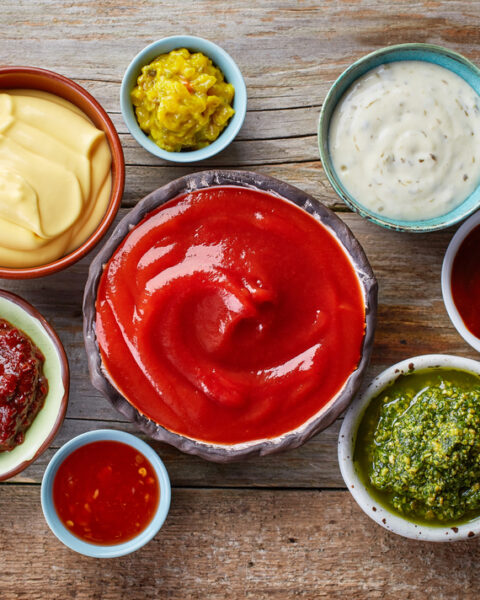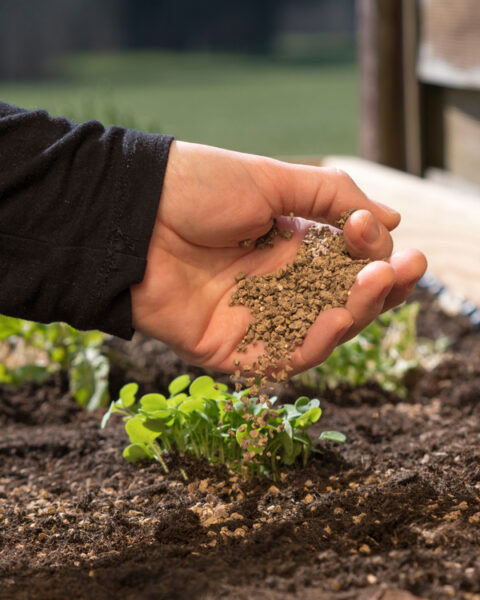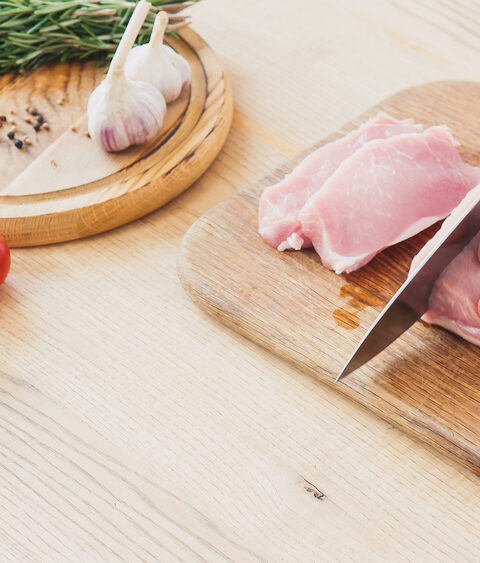The idea of making homemade bread is both enticing and rewarding—there’s nothing quite like the aroma of freshly baked loaves filling your kitchen. However, working with yeast, a seemingly simple ingredient, doesn’t always turn out right. Then you’re left wondering what actually went wrong. Working with yeast requires a delicate touch and understanding of its nuances, yet many often find themselves stumbling into one of these 14 common pitfalls.
Contents
- 1 Using Expired Yeast
- 2 Incorrect Water Temperature
- 3 Using the Wrong Type of Yeast
- 4 Not Proofing Active Dry Yeast
- 5 Adding Salt Directly to Yeast
- 6 Not Feeding Yeast Enough Sugar
- 7 Improper Storage of Yeast
- 8 Not Mixing Yeast Properly
- 9 Using Too Much or Too Little Yeast
- 10 Not Giving Yeast Enough Time to Work
- 11 Exposing Yeast to Direct Sunlight
- 12 Using Contaminated Water
- 13 Not Letting Yeast Dough Rest Properly
- 14 Using Yeast with Ingredients that Inhibit Yeast Activity
- 15 More From RetailShout
- 16 14 Ultimate Food Cities in the United States
- 17 16 Everyday Things Becoming Unaffordable for the Middle Class
Using Expired Yeast
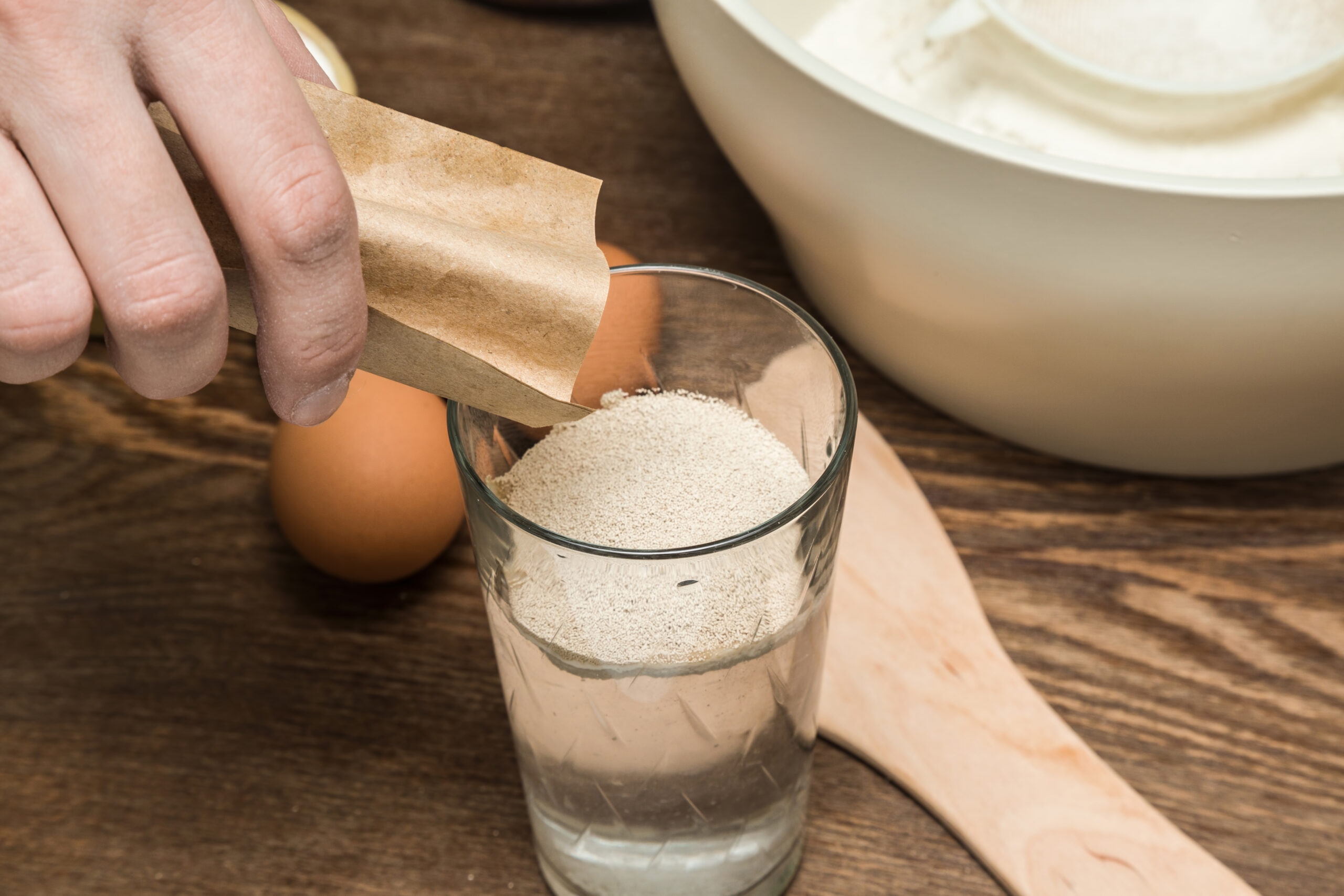
Oftentimes, you will find yourself reaching into a bag of yeast that has been sitting in your pantry for a long time. It is important to make sure that it hasn’t gone bad yet. Expired yeast loses its potency, leading to poor or no rise in the dough. Always check the expiration date on the yeast packet before using it. If you’re unsure about its viability, perform a quick proofing test by dissolving the yeast in warm water with a pinch of sugar. If it bubbles and froths within 5-10 minutes, the yeast is still active and good to use.
Incorrect Water Temperature
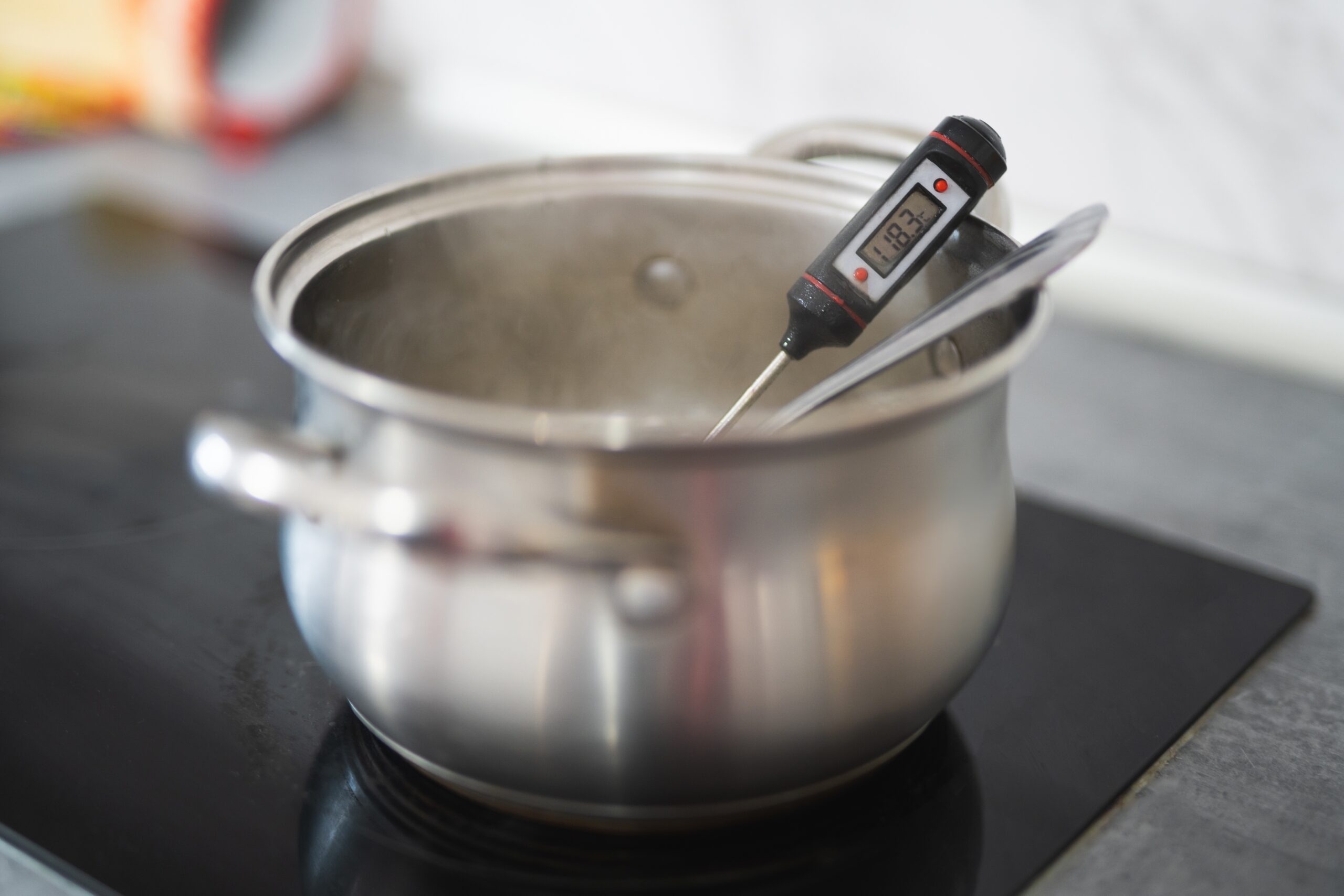
Water that’s too hot can kill the yeast, while water that’s too cold won’t activate it properly. The ideal temperature for activating yeast is between 105°F and 115°F. Use a thermometer to check the water temperature before adding yeast to ensure it’s just right. If you don’t have a thermometer, the water should feel warm but not hot to the touch.
Using the Wrong Type of Yeast
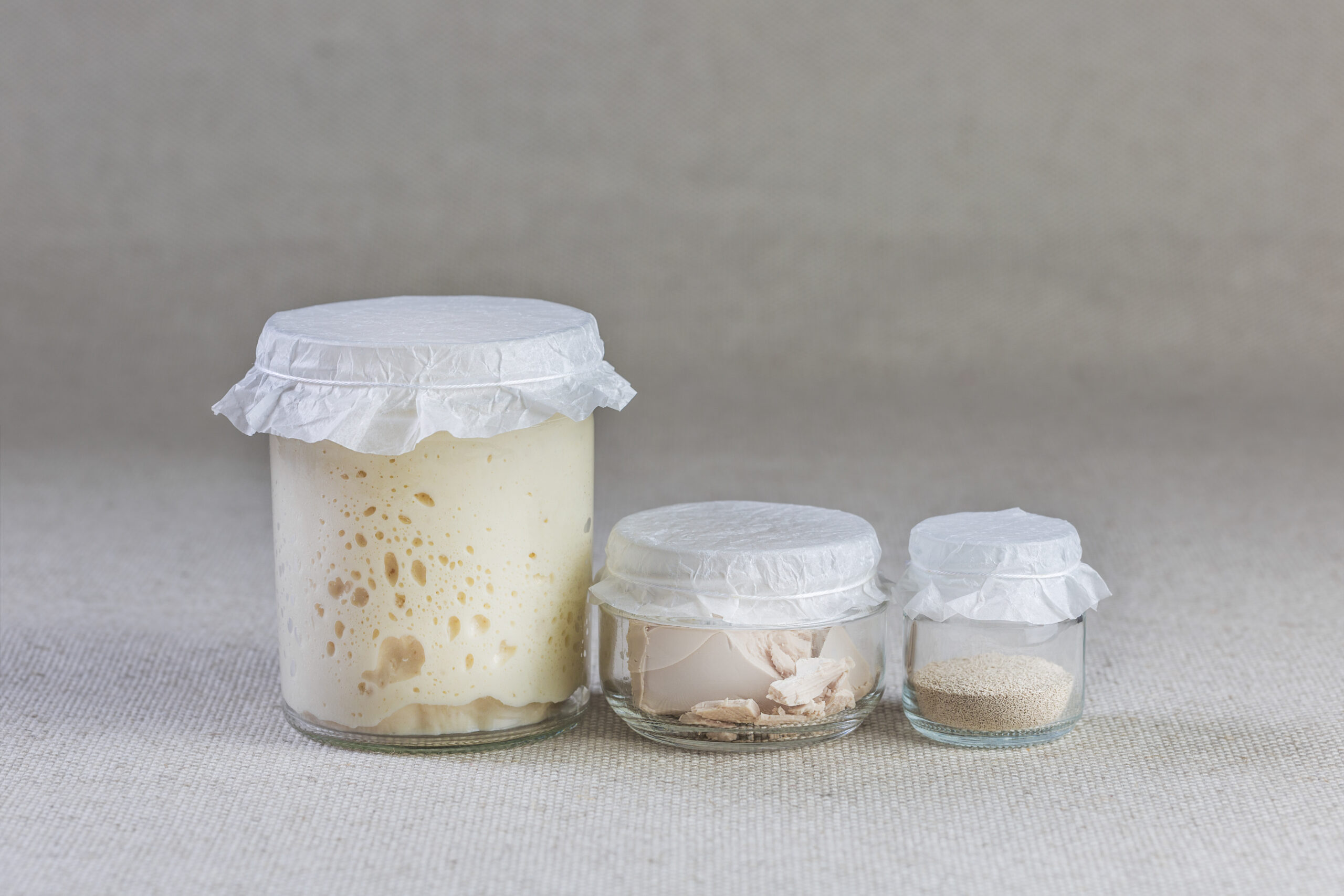
There are different types of yeast: active dry, instant, and fresh. Using the wrong type without adjusting the recipe can lead to poor results. Instant yeast can be mixed directly with dry ingredients, while active dry yeast needs to be dissolved first. Fresh yeast has different measurements and a shorter shelf life. Always use the type of yeast specified in the recipe to achieve the best results.
Not Proofing Active Dry Yeast
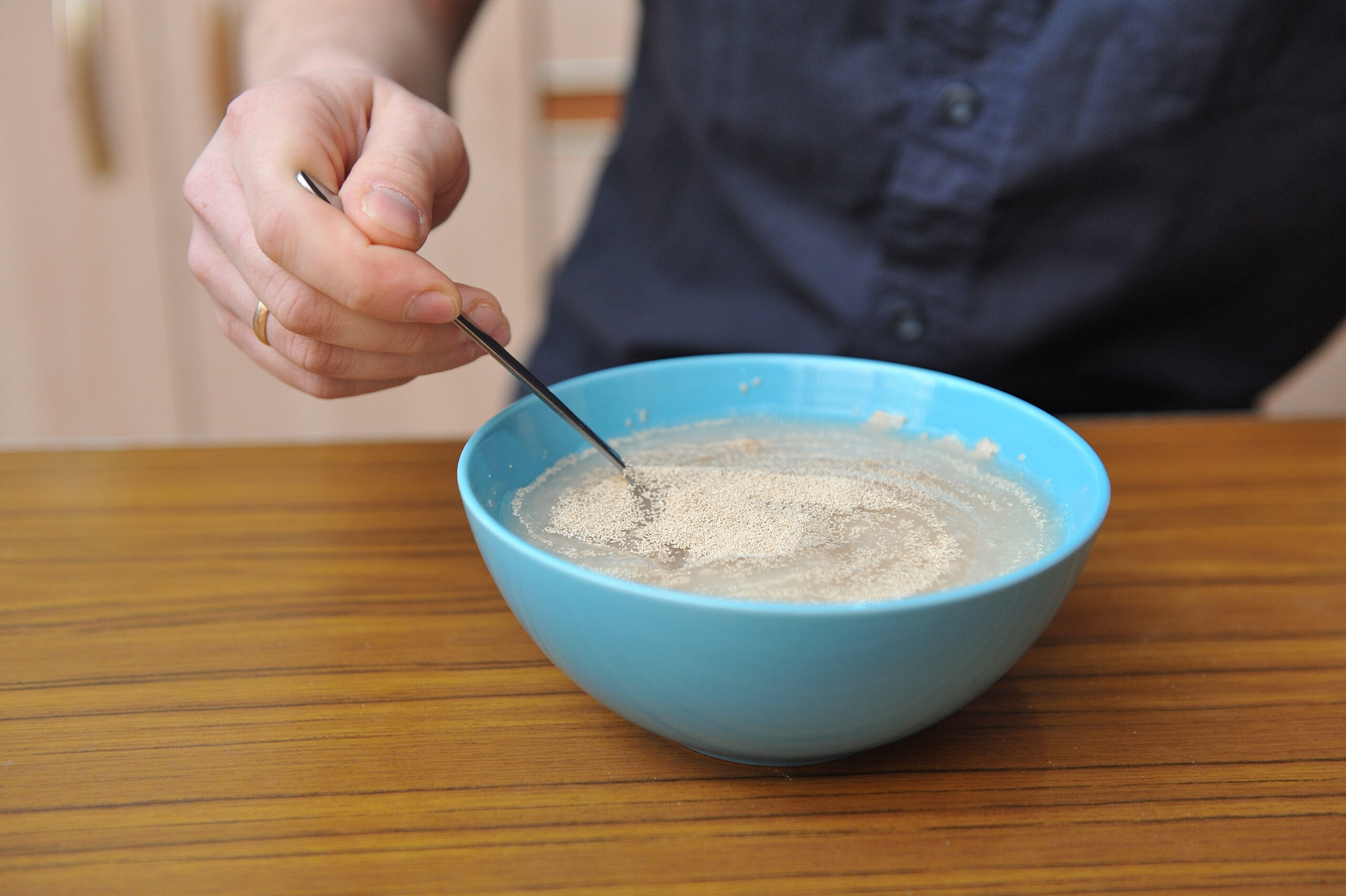
Active dry yeast needs to be proofed in warm water before adding it to the dough. Skipping this step can result in uneven rising or no rise at all. To proof, dissolve the yeast in warm water with a bit of sugar and wait until it becomes frothy before adding it to your recipe. This step ensures the yeast is alive and active.
Adding Salt Directly to Yeast
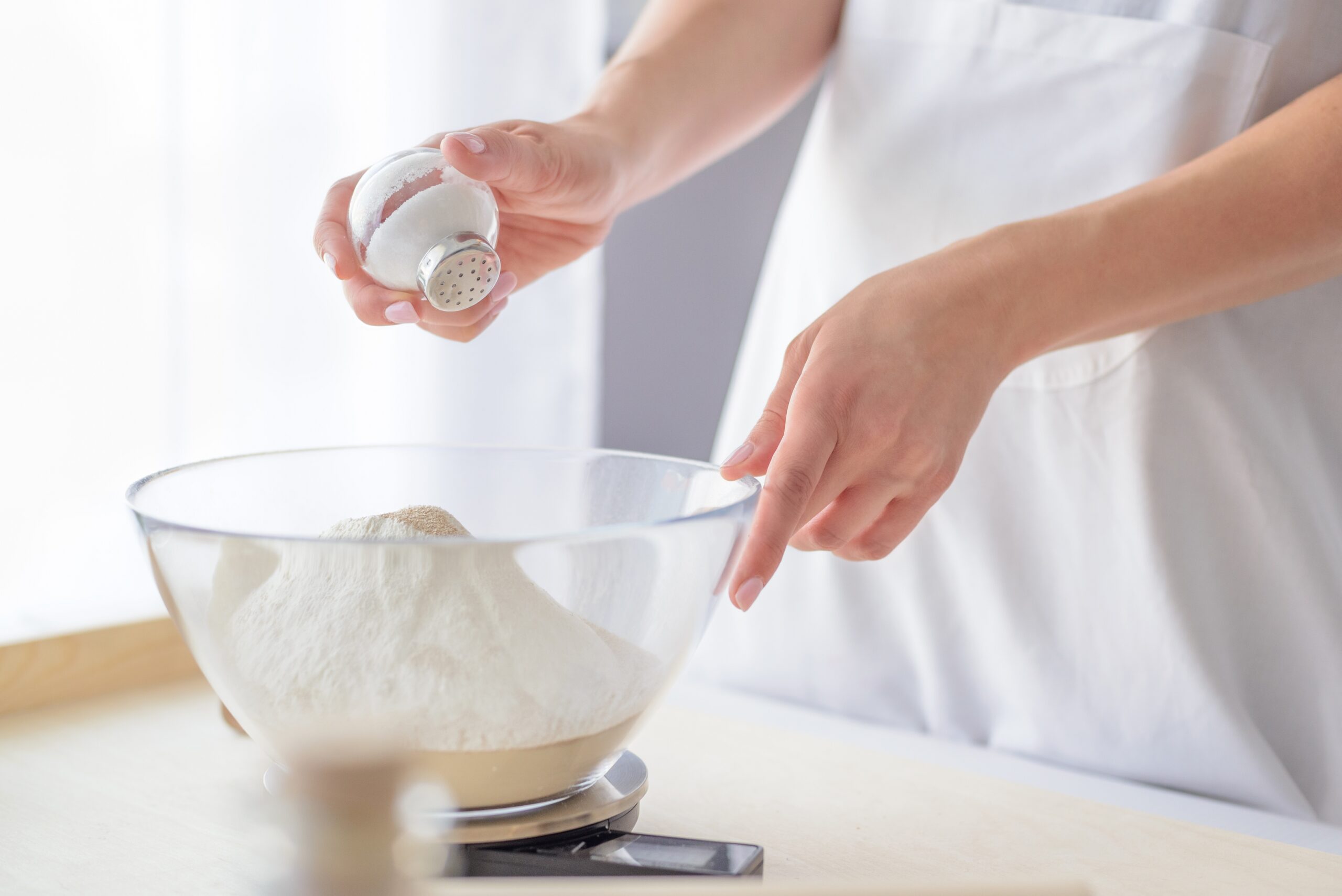
It is easy to just toss in the ingredients like salt along with the yeast in one go. However, salt can inhibit yeast activity if added directly to it. Yeast needs an optimal environment to ferment and produce carbon dioxide gas, which makes the dough rise. Instead, mix salt with the flour or other dry ingredients before incorporating them into the yeast mixture. This ensures even distribution and prevents direct contact with the yeast, allowing it to rise properly.
Not Feeding Yeast Enough Sugar
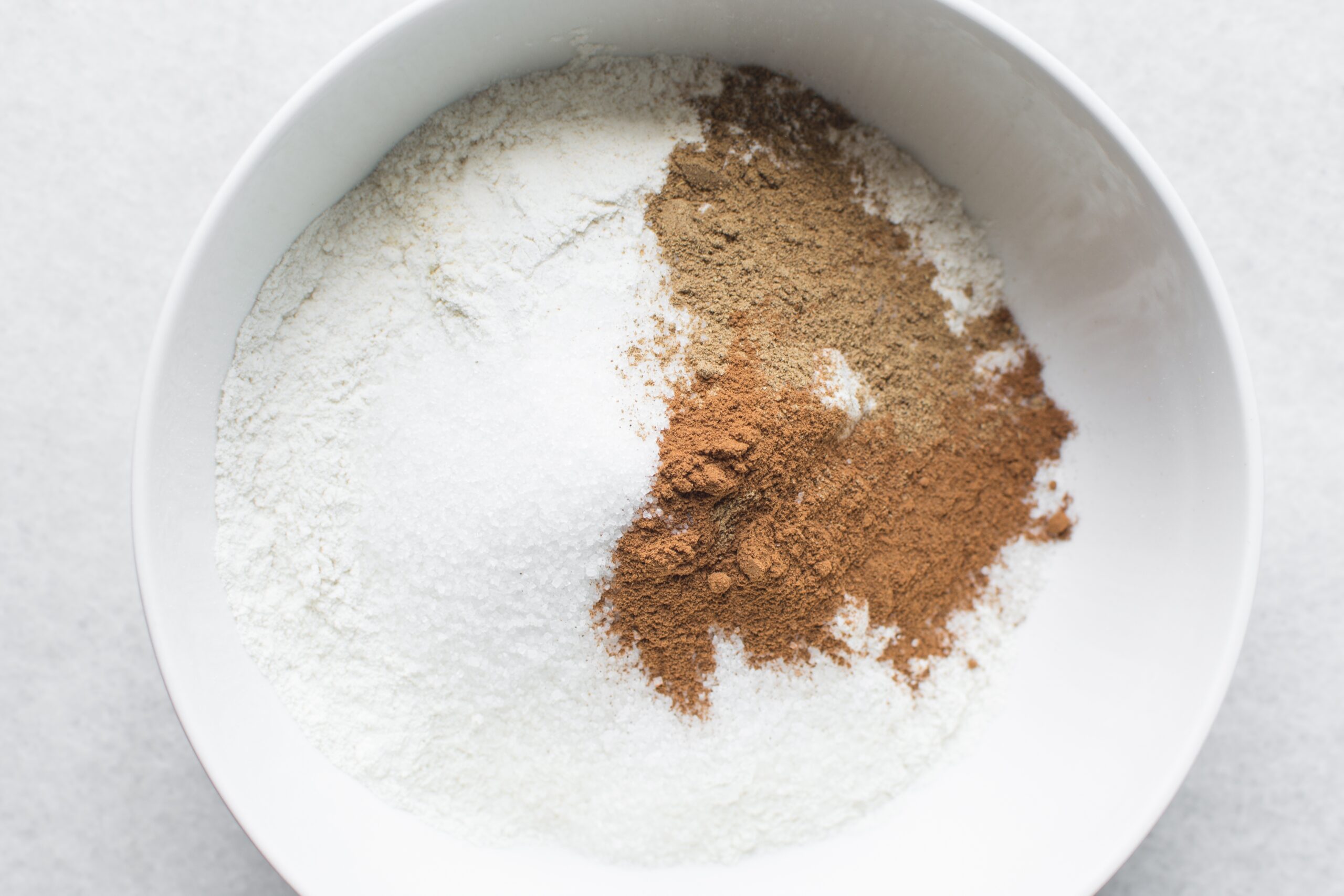
Yeast feeds on sugar to fuel its fermentation process. Insufficient sugar can slow down the process or limit the amount of carbon dioxide produced. This can lead to the dough not rising enough. Always make sure that you follow the correct amount in the recipe to feed the yeast enough sugar.
Improper Storage of Yeast
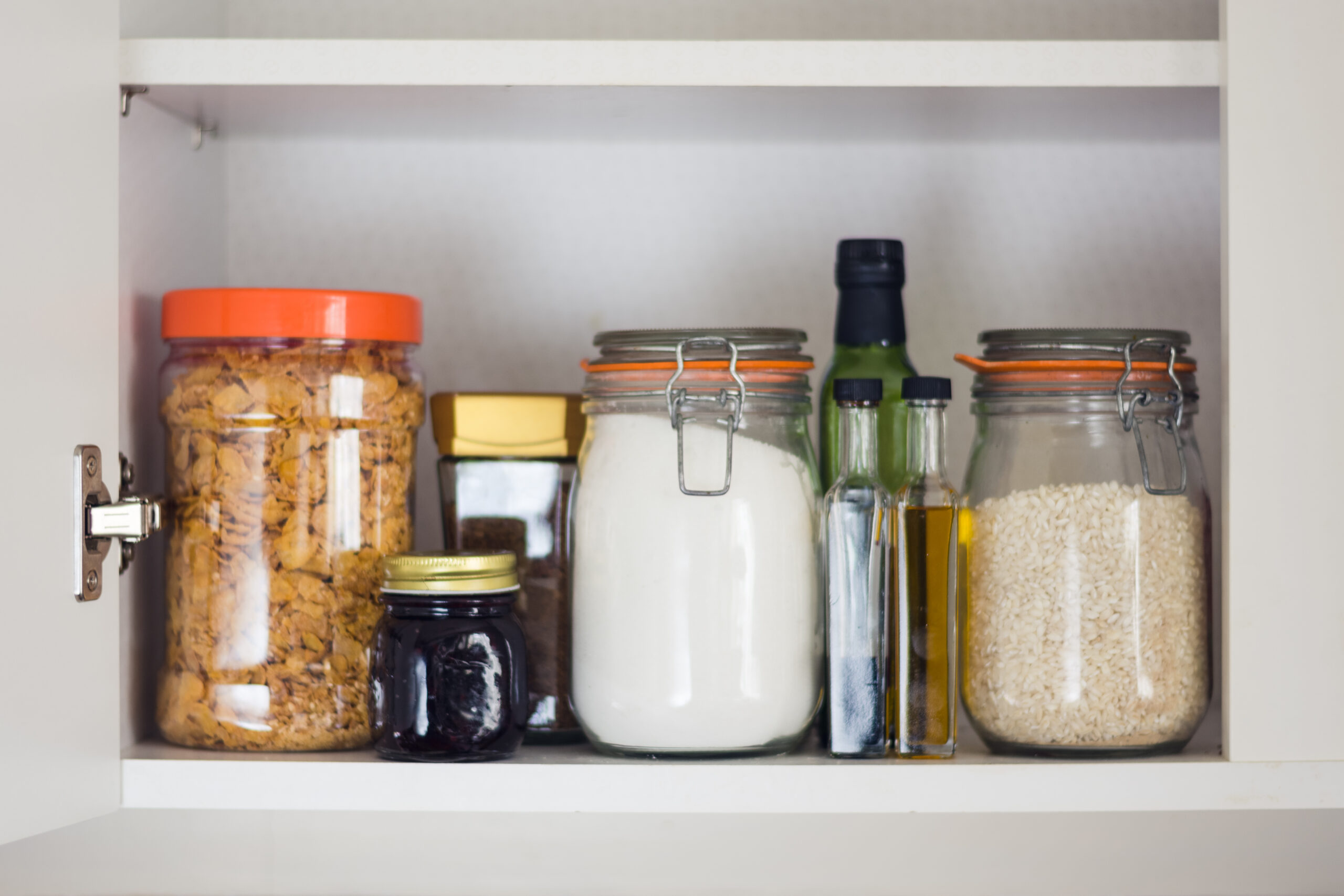
Yeast should be stored in a cool, dry place, preferably in the refrigerator or freezer, to maintain its potency. Improper storage, such as keeping yeast in a warm or humid environment, can reduce its effectiveness. Store unopened packets in a cool, dry pantry and refrigerate or freeze opened packets in an airtight container to keep them fresh.
Not Mixing Yeast Properly
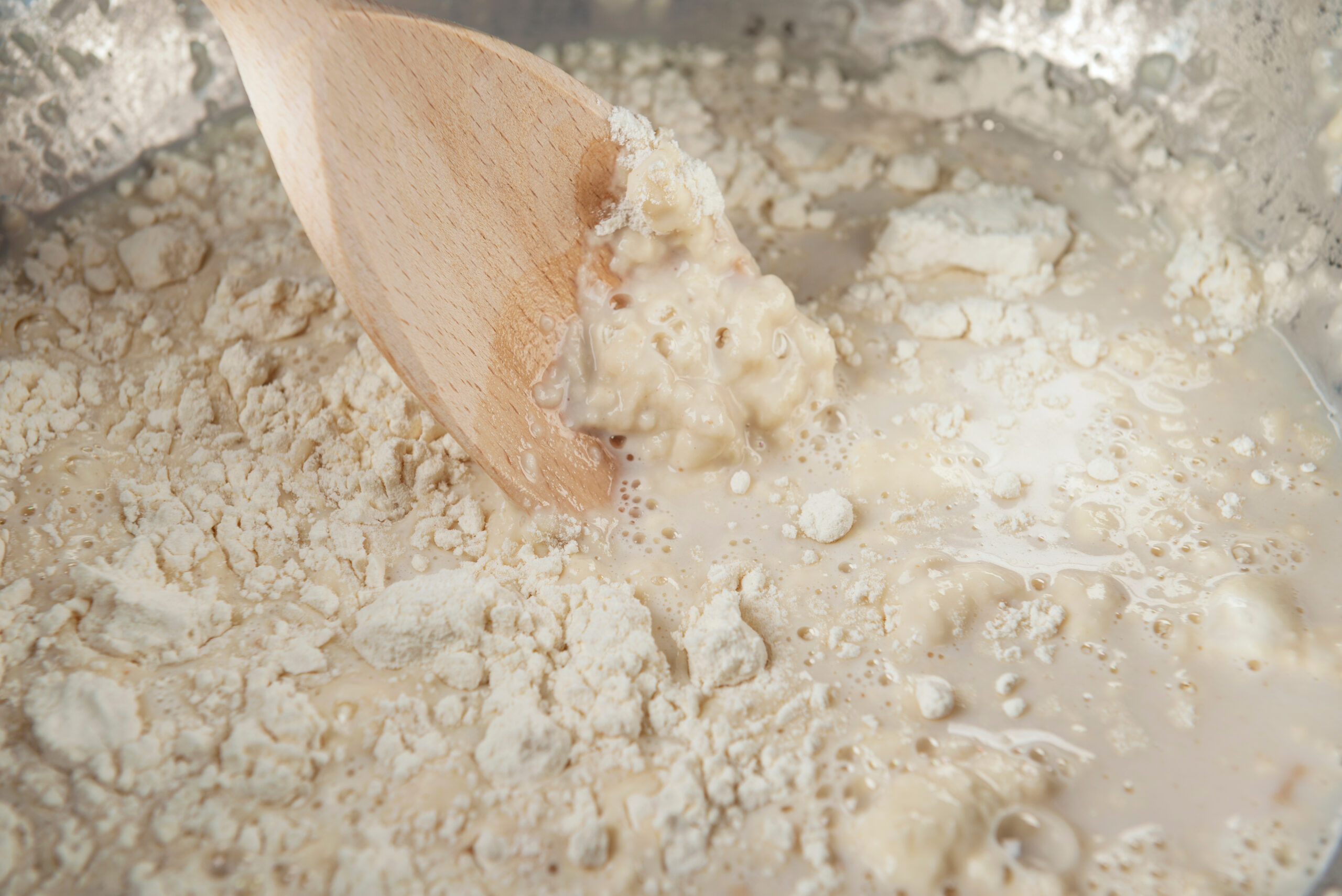
Uneven distribution of yeast can result in pockets of under-risen dough in the final baked product. These pockets may lead to inconsistencies in texture and density, affecting the overall quality of your bread or baked goods. Yeast needs to be evenly distributed throughout the dough to ensure a uniform rise. This can be done by adding the yeast to the liquid (such as water or milk) first, along with any sugars or other necessary ingredients, and stirring until dissolved.
Using Too Much or Too Little Yeast
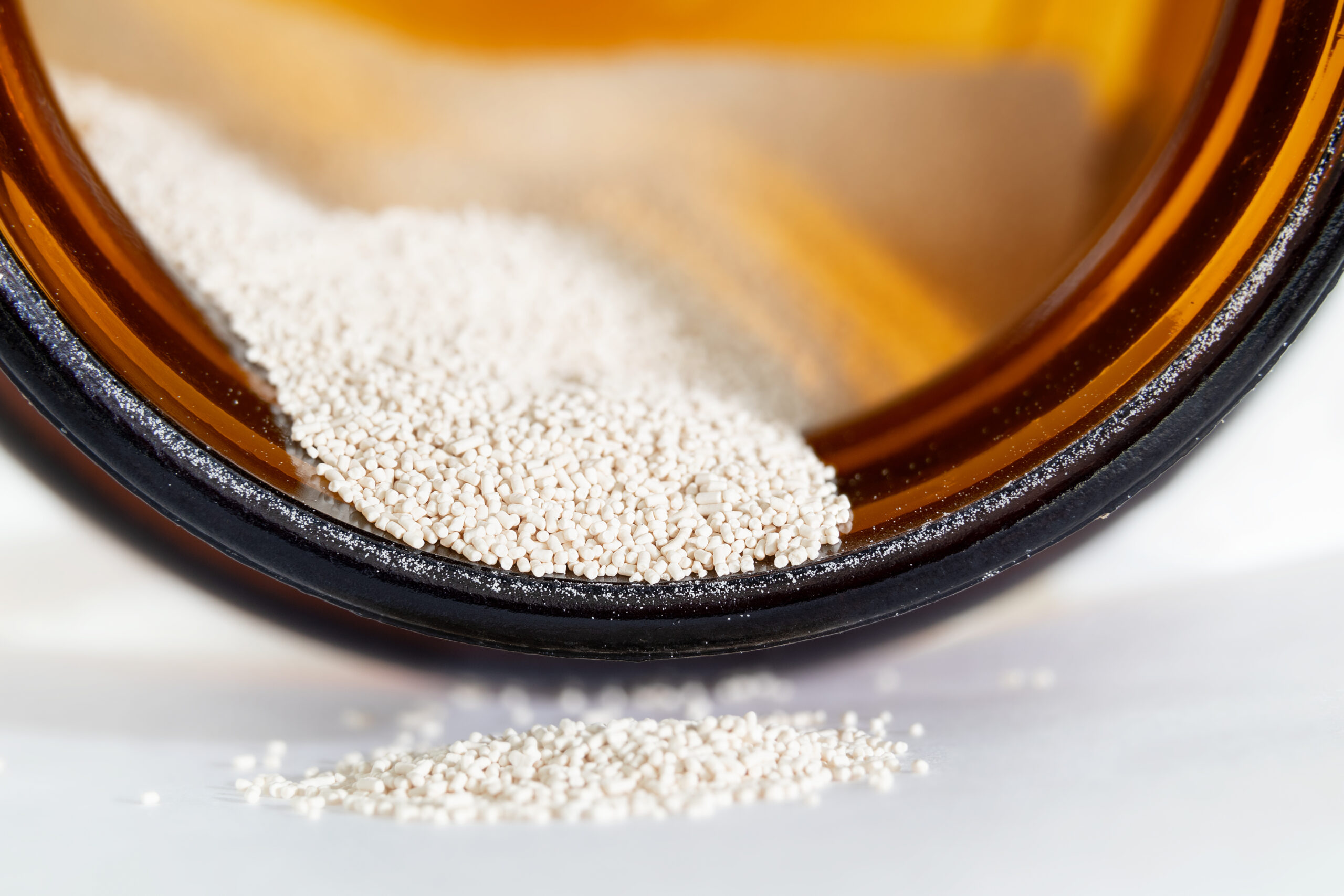
Using too much yeast can make the dough rise too quickly which weakens its structure, causing the dough to collapse even before baking. Excess yeats can also impart a stronger yeast flavor that can be overpowering or unpleasant if not balanced with other ingredients. Use the correct amount of yeast from the recipe to make sure that the dough rises gradually and develops gluten properly. On the other hand, using too little yeast slows down the fermentation process which can cause the dough to rise insufficiently. This will make your baked goods come out flat, dense, or heavy.
Not Giving Yeast Enough Time to Work
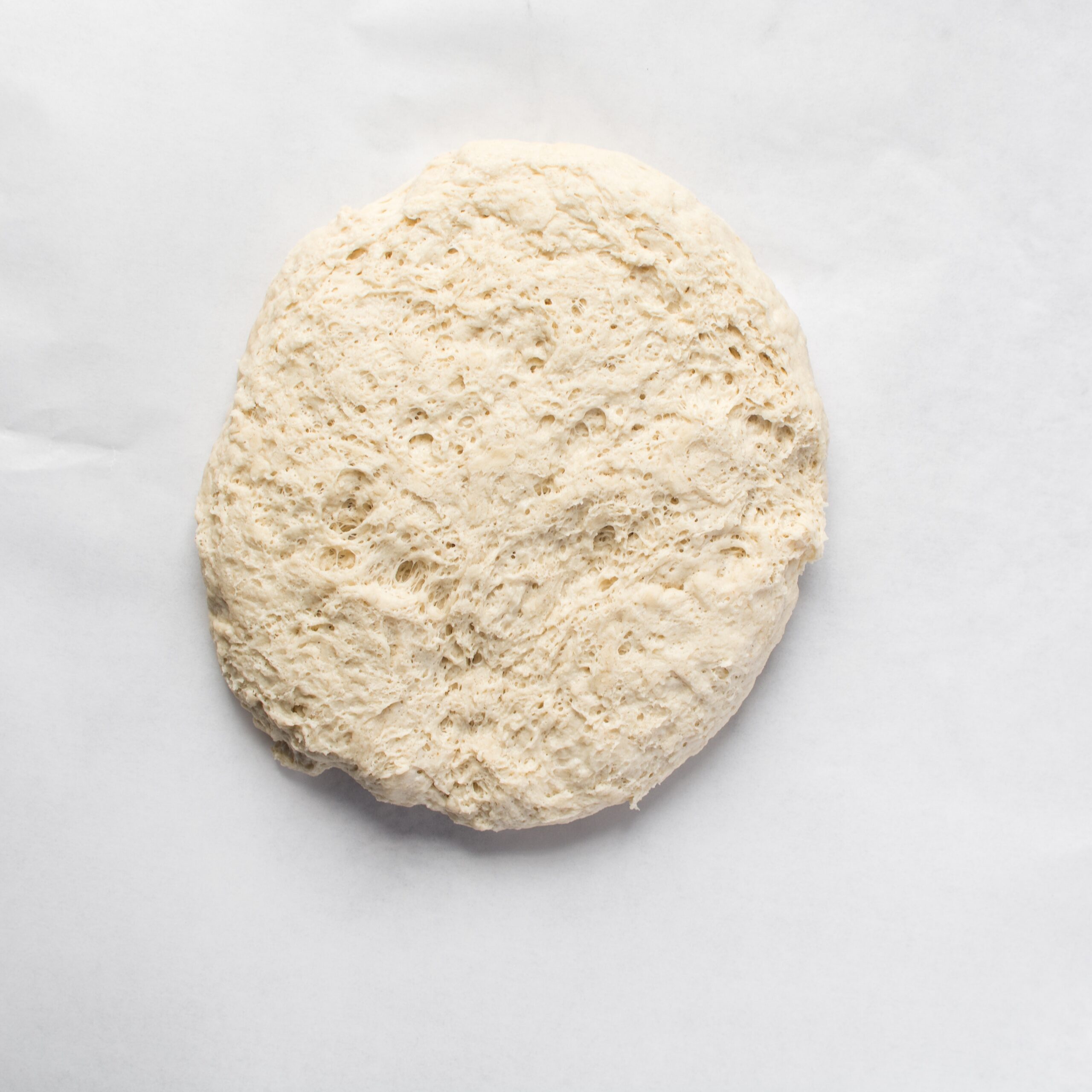
Yeast needs time to ferment and produce the gases that make the dough rise. Cutting this process short can result in dense and poorly risen bread. The common practice is to allow the dough to rise until it doubles in size. This indicates that the yeast has had sufficient time to produce enough gas to leaven the dough properly. Depending on the recipe and conditions, this rising period can range from 30 minutes to several hours.
Exposing Yeast to Direct Sunlight
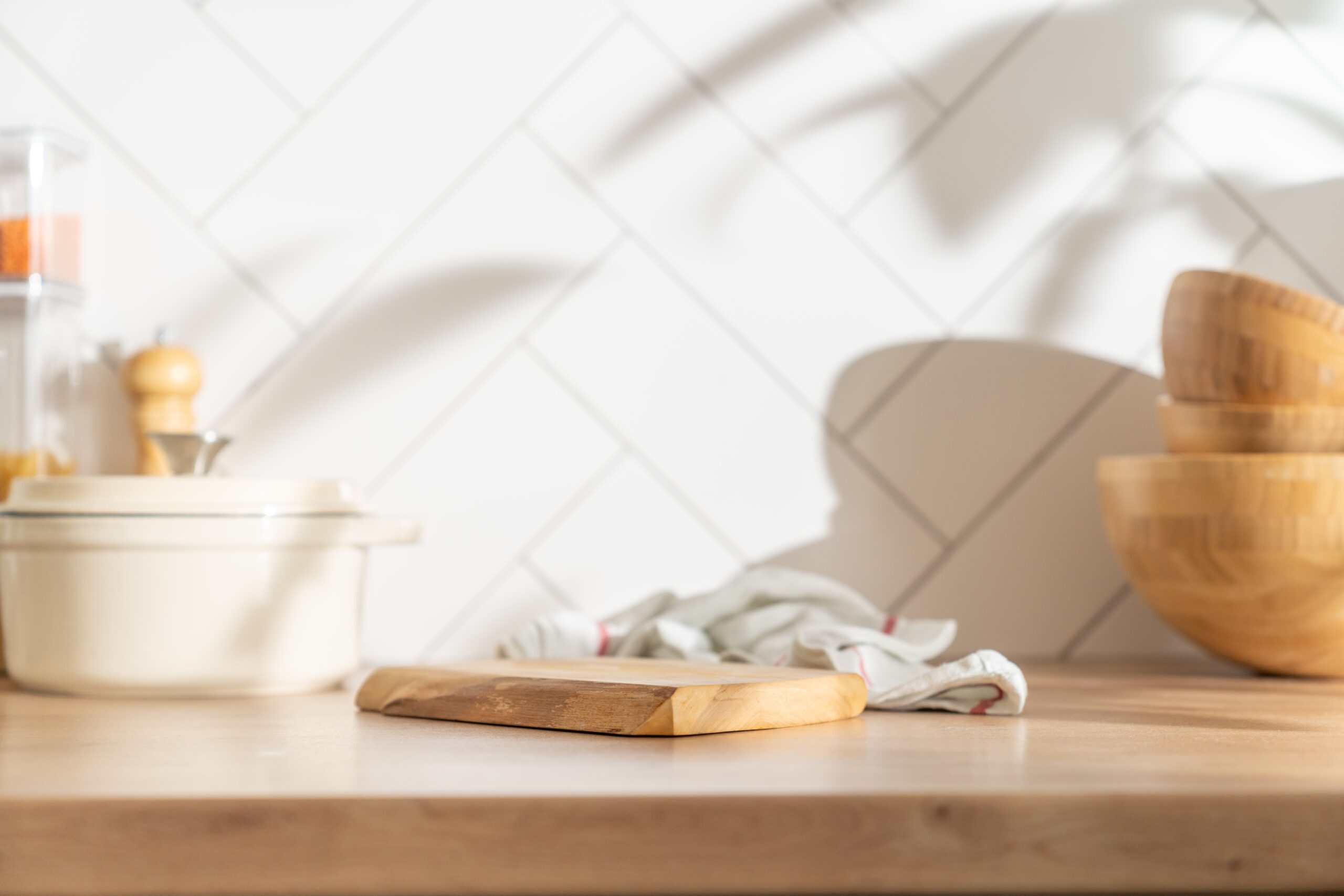
Yeast is a living organism that is sensitive to light and heat. Putting it in a place that is directly hit by the sunlight or in high-temperature areas can degrade its potency and viability. To maintain the effectiveness of yeast, it’s crucial to store it in a cool, dry place away from direct sunlight. Ideally, store yeast in an airtight container or its original packaging in a pantry or cupboard.
Using Contaminated Water

Tap water usually has chlorine content. Yeast is sensitive to chlorine and other chemicals present in tap water. Exposure to these can weaken or kill yeast cells, leading to poor fermentation and inadequate rising of the dough. To ensure optimal yeast performance, use filtered or bottled water when preparing yeast for baking.
Not Letting Yeast Dough Rest Properly
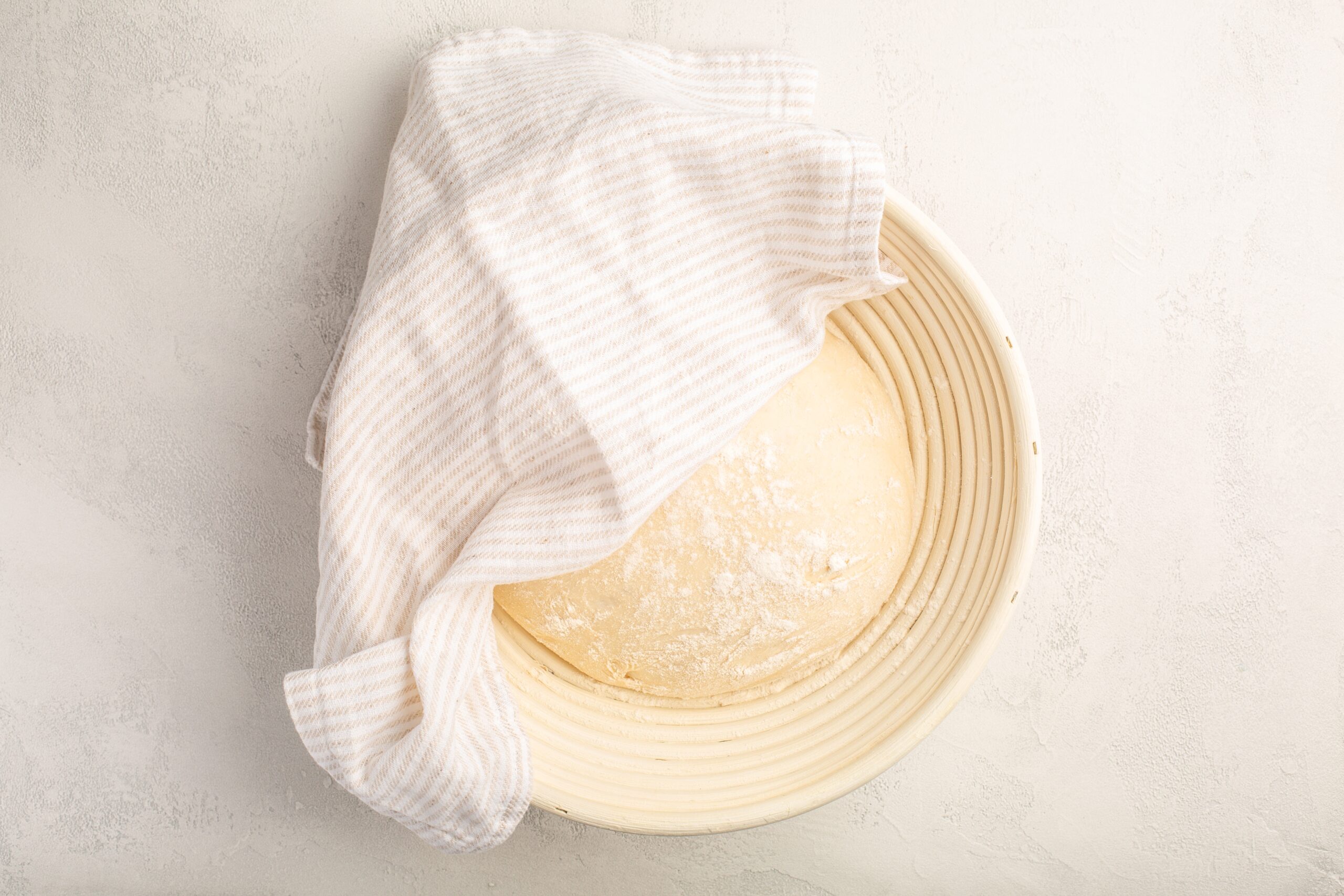
Yeast dough needs time to rest and develop its structure. Resting periods give gluten strands time to align and strengthen, which is essential for trapping air bubbles produced by yeast fermentation and creating a light, airy texture in baked goods. It may take more patience, but you have to follow the recipe instructions on resting time to produce optimal results.
Using Yeast with Ingredients that Inhibit Yeast Activity
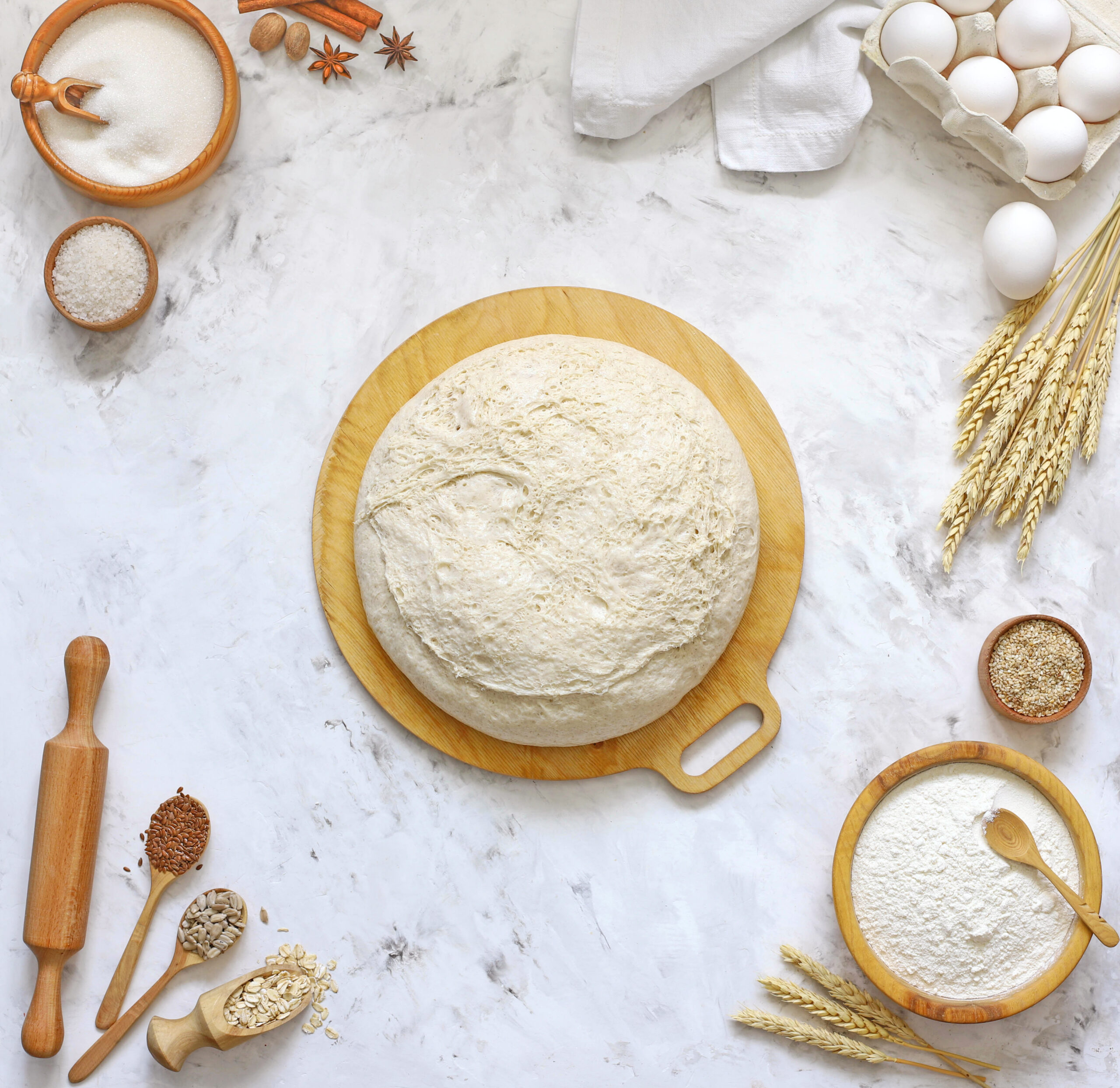
Certain ingredients like garlic and onion can inhibit yeast activity if added in large amounts. Use such ingredients sparingly or add them after the yeast has had time to activate and the dough has risen sufficiently.
This article originally appeared on RetailShout
More From RetailShout
22 Genius Tips for an Organized Pantry

Keeping your pantry organized can feel like a never-ending battle, but with a few creative strategies, it can be a breeze. Imagine opening your pantry door to find everything neatly in place, with a spot for every item and no more frustrating searches for that elusive jar of spices. Read More.
14 Ultimate Food Cities in the United States

When it comes to food, America has some of the most exciting cities that are perfect for any foodie. These cities are not just about delicious dishes but also about unique culinary experiences that you won’t find anywhere else. Read More.
16 Everyday Things Becoming Unaffordable for the Middle Class

Lately, it feels like more and more things are slipping out of reach for the middle class. It’s not just about cutting back on a few luxuries; it’s about major parts of life that used to be manageable. Read More.

